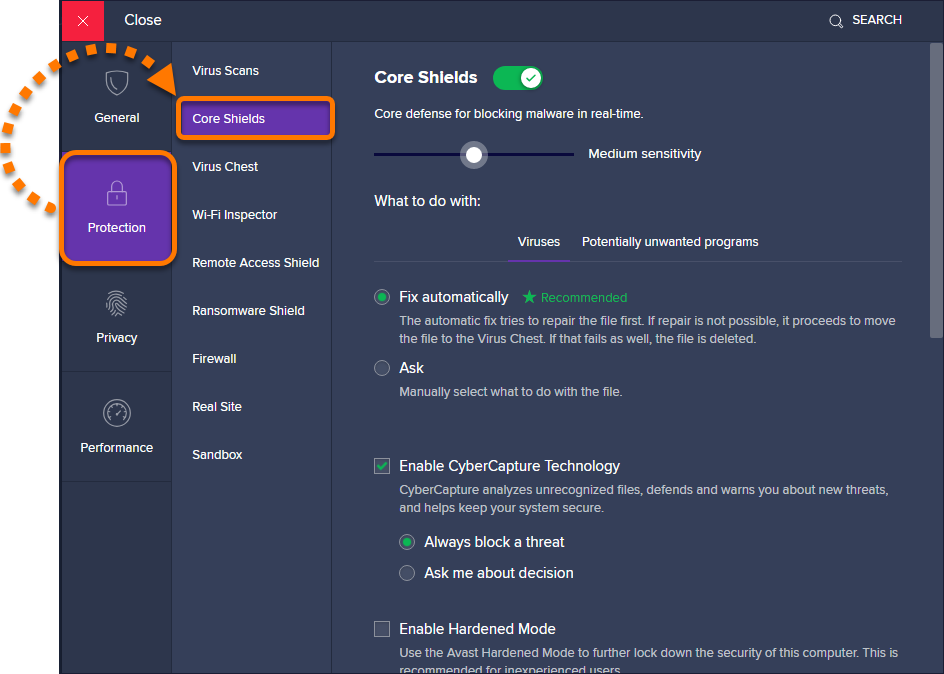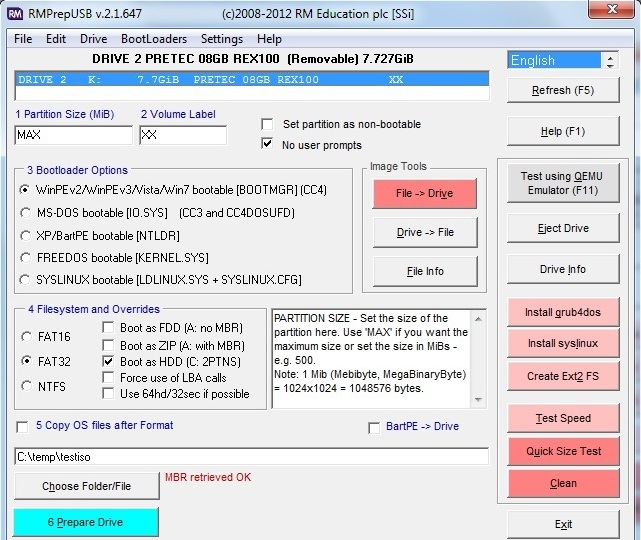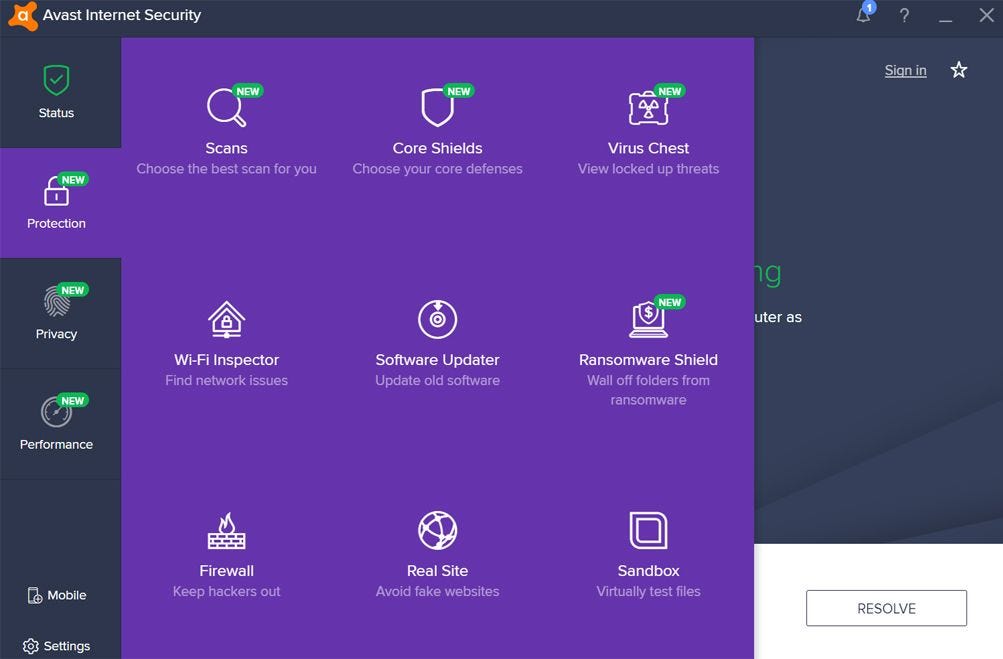



Avast! has widened its statistics to provide access to both personal reports with data obtained from your own shields as well as universal-use data: how many streaming updates have been installed, the virus definitions that have been added to Avast!, and currently infected domains. Statistics: This feature has obviously been given much more emphasis in this 2014 version.

Its redesign offers better performance and compatibility with the new versions of Windows thanks to a greatly simplified configuration. For example, the Web Shield used to be divided into the Network Shield and the Script Shield, and now we have all three options in a single shield.įirewalls: This has now been included into the “Tools” menu with all the other characteristics, making it less conspicuous on the interface but giving it a more logical position when it comes to searching. This doesn’t mean that the others have disappeared, but rather that their functions have been condensed into these three categories. Shields: The previous version of Avast! Free Antivirus included eight modules that have now been reduced to three-File System Shield, Web Shield, and Email Shield-making it easier to manage them. This latest beta of its antivirus is presented as a much lighter product for operating system memory that nevertheless leaves nothing out when it comes to its predecessor versions’ functionalities (many of which are improved) and that adds new security measures. The Internet security company Avast! has been in operation for more than 25 years, protecting its clients-whose number is now nearing 200 million-with versions in more than 40 languages. To this end, the Avast! Antivirus system has just launched the beta of its new version 2014, an update that includes changes, improvements, and new features with the aim of speeding up its analysis and confronting the new threats that are now floating around on the Internet. Operating systems thus need a protection model adapted to current times. Internet user habits have been changing over time and, along with them, the behavior of malicious software that never stops trying to infect us.


 0 kommentar(er)
0 kommentar(er)
